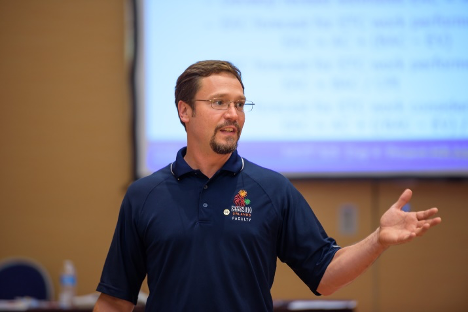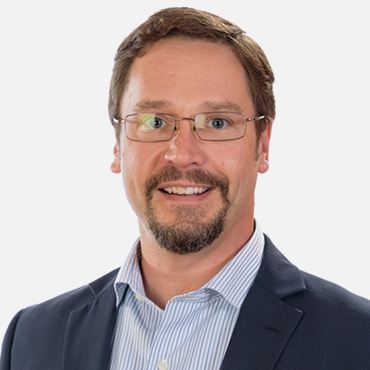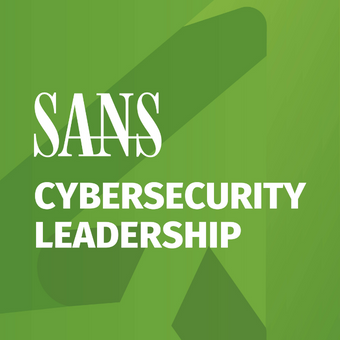Tags:
Whether you are in an organizational environment that uses a strict project management waterfall/predictive approach, agile, product focused, or DevOps, I have found that many of the same tenants hold true. Using the critical path methodology helps identify what wiggle room we have in activity scheduling, which is of course based on resource availability and skill sets, as well as delineates who is responsible for completing various tasks.
I think of the critical path methodology as a journey, not a destination. In essence, it is starting to define all the variables so we can move puzzle pieces around. I often liken this to playing Tetris. You first need to know the rules of the game, what size pieces are you dealing with, how do you rotate them around, and what pieces fit with others. The eventual goal is getting to a point where all the pieces fit together perfectly and there is no wasted space or mismatched pieces.
Getting back to the various development approaches, in my experience working with many different organizations that leverage these different approaches (Predictive, Agile, or DevOps) it is clear that you must be cognizant of:
- The specific time frame for which you are planning
- What you need to deliver
- How much you trust the people you work with to accomplish their agreed upon tasks
I have seen predictive project management fail by doing too much planning for events that will occur too far into the future. I have seen agile project management fail by always being focused on delivering something each two-week sprint, but then after 6 months realizing that all the pieces don't add up to the whole. I have seen DevOps projects fail when we continuously deliver things, but they don't work as intended or don't fit the overall strategic objective of the organization.
Bottom line here is that there are many ways to fail! Most of the successful organizations (big and small, public and private) that I have worked with don't all have the same develop approach, but they do have some development approach that everyone buys into and hence team members are truly able to trust each other. Communication and trust are key factors that separate successful initiatives from those which are not.
So back to the concept of determining what is 'on the critical path' and what we do with that information. To effectively complete any project, we must be actively aware of constraints. I highly recommend the book The Goal, by Eliyahu Goldratt, and his 'theory of constraints'. The Goal was originally published in 1984, but it is still very relevant today, as many case studies focusing on operations management illustrate. Both in my course and in my real-life experience, I leverage this 'theory of constraints' concept and liken it to always being aware of where the 'long tent pole' is. When we are trying to determine how to more effectively accomplish goals, we need to focus on that long tent pole first. Once we knock it down some, there will be another tent pole which is now the longest. In my experience, the only way to get the critical work done (or free up the log-jam), is constantly to be vigilant, reassessing where constraints in our processes and activities are, and then making the crucial adjustments. In essence, this constraint-focused mentality transcends the litany of development approaches. Regardless of approach, leveraging effective communication and being flexible to address constraints in real-time is critical to project success.
In MGT525: IT Project Management, Effective Communication, and PMP® Exam Prep, we cover project scheduling in depth and highlight the critical path methodology.
SANS is offering MGT525 Live Online June 1st – 12th. The live virtual classroom will run M-F both weeks from 6 – 10 pm ET. By investing a few hours each evening over a two-week period, you will walk away with tools and techniques that can be applied immediately to increase your chances of success on current initiatives. https://www.sans.org/vlive/details/mgt525-jun-2020-staff

Jeff Frisk has served as the director of the GIAC certification program since 2006 and is a member of the SANS Technology Institute Curriculum Committee. Jeff holds the PMP certification from the Project Management Institute and GIAC GSEC, and GSLC credentials. He is a certified SANS instructor and course author for MGT525. He has worked on many projects for SANS and GIAC over the past 15 years, including courseware, certification, and exam development. Jeff has an engineering degree from The Rochester Institute of Technology and more than 20 years of international IT project management experience with computer systems, high tech consumer products, and business development initiatives.
Here is What Students Say About Jeff Frisk:
" Jeff is an awesome instructor. He expresses ideas clearly with real life and business examples. " - Miguel Vargas, FedEx
"Jeff is a rock star. Always on message and very entertaining. Kept me engaged." - Austin Pearson, U.S. Army
"Jeff is a wonderful teacher. He engages his students and understands the topic deeply." - Michael Carter, LDS


